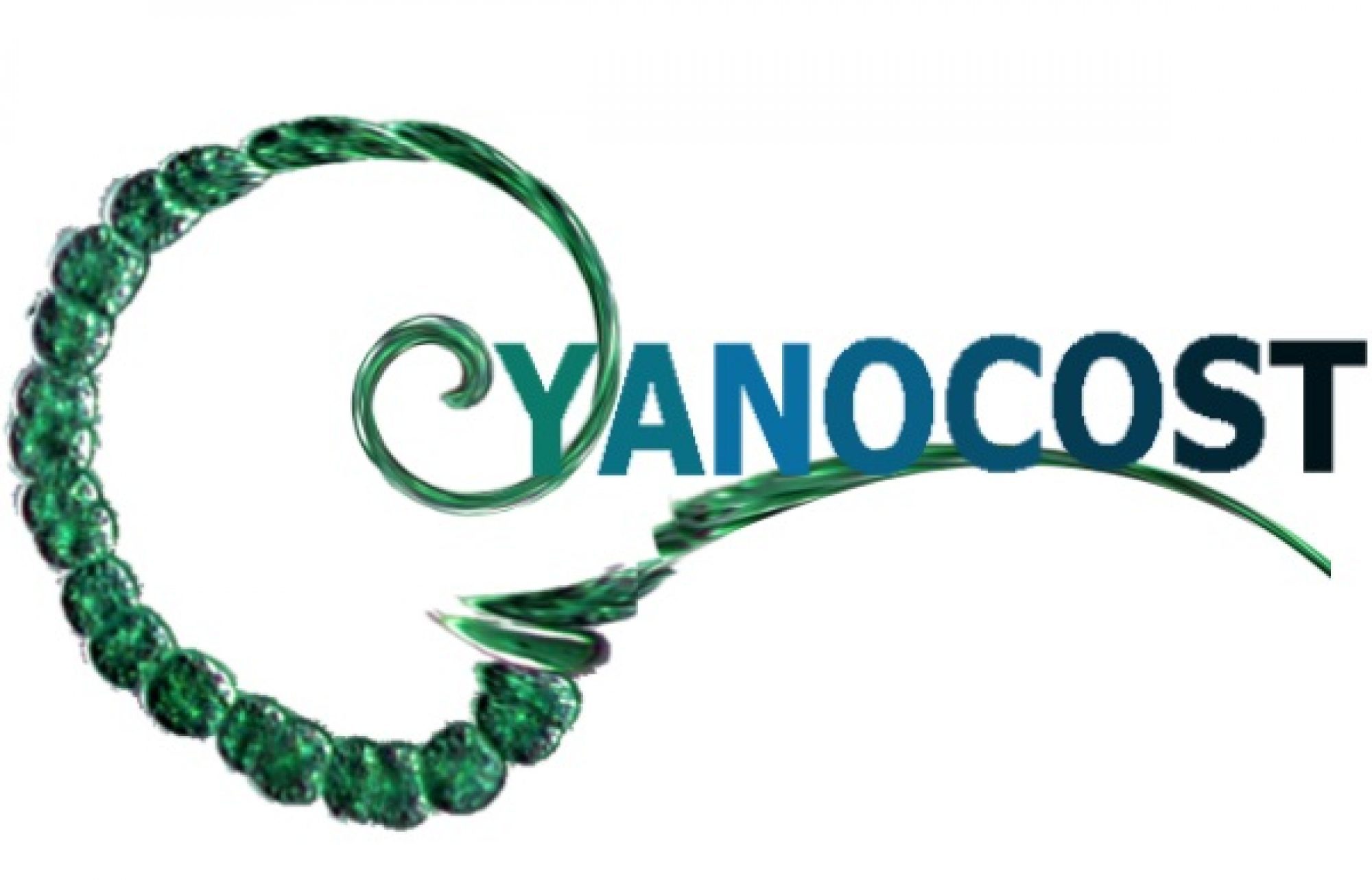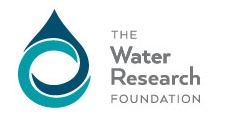Dear colleagues,
The open access journal Toxins (ISSN 2072-6651, IF 3.895) is pleased to announce that we have launched a new Special Issue entitled:
“Cyanotoxins in Bloom: Ever-Increasing Occurrence and Global Distribution of Freshwater Cyanotoxins from Planktic and Benthic Cyanobacteria”.
We are serving as Guest Editors for this issue.
We would like to cordially invite you to contribute an article to the Special Issue. For more information on the issue, please visit the Special Issue website at
https://www.mdpi.com/journal/toxins/special_issues/Cyanotoxins_Bloom .
Kind regards,
Guest Editors
Dr. Triantafyllos Kaloudis
Athens Water Supply and Sewerage Company – EYDAP SA, Organic Micropollutants Lab – Quality Control Department, Flias 11, 13674 Menidi, Greece
Dr. Anastasia Hiskia
National Center for Scientific Research “DEMOKRITOS”, Institute of Nanoscience and Nanotechnology, Partiarchi Grigoriou E & Neapoleos 27 str., 15341, Agia Paraskevi, Athens, Greece
Dr. Theodoros Triantis
National Center for Scientific Research “DEMOKRITOS”, Institute of Nanoscience and Nanotechnology, Partiarchi Grigoriou E & Neapoleos 27 str., 15341, Agia Paraskevi, Athens, Greece










